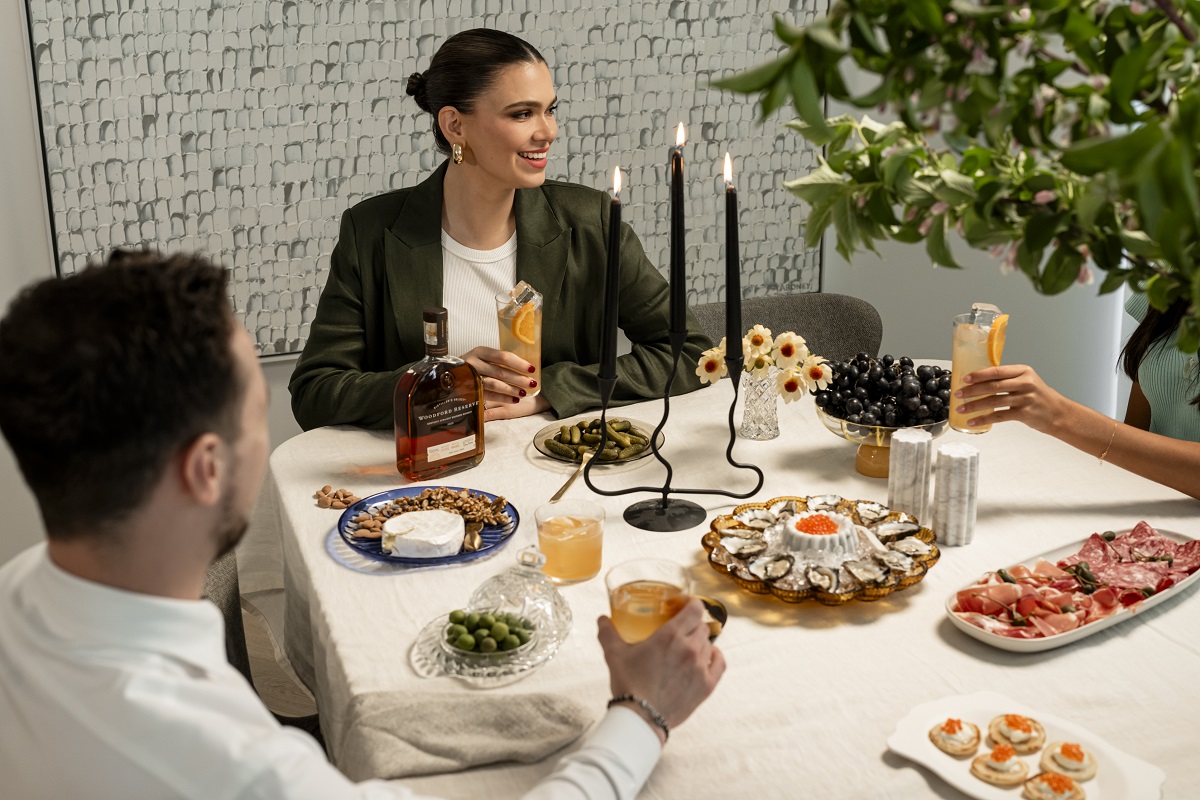Despite the easing of pandemic restrictions in recent years, research by the IWSR indicates that alcohol consumers are still showing a preference for home consumption versus on-premise.
In consumer research conducted in April 2023, it was indicated that around 60 per cent of consumers in Australia, North America, parts of Europe and South Africa are going out less. Although the on-premise is recovering, there are signs that pandemic behaviours have become entrenched.
Richard Halstead, COO Consumer Insights at IWSR, says the trend around going out is polarised across key markets, with consumers in most regions recalling net withdrawal from the on-trade.
“Home premise consumption is being used as an economising tool in many markets to allow consumers to maintain relationships with premium brands,” he says.
According to IWSR data, despite the bounce back of bars and restaurants in 2022, most markets have not yet seen their on-premise share of overall alcohol consumption reach pre-pandemic levels.
Behaviours are driven by a number of factors, such as convenience and the increased cost of living. While premiumisation persists, economic pressures have prompted many drinkers to continue their consumption of premium brands at home as a cost-effective alternative to the on-premise.
Across many markets, the IWSR identified a stronger willingness among Gen Z alcohol consumers to visit the on-premise, despite being the most likely age segment to say that they are under financial pressure.
As well as a shift from consumers visiting the on-premise to recreating experiences at home, bricks and mortar retail has also felt the impact of consumers opting for convenience, as CEO of Retail Drinks Australia Michael Waters explains.
“According to our Online Alcohol Sale and Delivery Research Report [published in July this year], revenue from online alcohol sales increased at an average of 18 per cent per annum over the 2016 to 2021 period, reaching $1.9 billion in FY21 and $2.1 billion in FY22.
“While there was significant growth in online alcohol deliveries in 2020 and 2021 when compared to 2019, it is clear this consumer behaviour was already on the rise even prior to the COVID-19 pandemic.”
Despite the significant shift towards online alcohol deliveries and home consumption prompted by lockdowns, Waters explains that consumers are still interested in physical stores.
“In the post-COVID landscape, there has been a shift back towards bricks and mortar liquor retail and on-premise consumption with the reopening of venues that were forced to close over this period,” he says.
“Despite this, there is still strong projected growth in home delivery of alcohol over the coming years with predicted revenue growth of 25 per cent from FY22 to FY28, according to [our research report].
“Although growth is predicted in the coming years, online sales still only represent 13 per cent of total retail alcohol sales. Retail liquor, whether bricks and mortar or online, represents well over 70 per cent of total alcohol sales in Australia, proving its growing popularity among consumers.”
Driven by the consumers’ preference for convenience, Waters says that the projected growth in this sector can be linked to certain demographics.
“Tellingly, the areas in which online alcohol deliveries are most prominent are higher income, inner city areas of major metropolitan cities which are also well serviced by physical liquor stores and on-premise venues.”
As part of the shift towards home alcohol delivery and consumption, Waters agreed that one of the key behavioural changes that has stuck post-pandemic is the desire to recreate luxury on-premise experiences at home.
“An example of this was the use of cocktail making kits, which were a popular choice during this time period. Many online liquor retailers have been catering towards this trend by selling cocktail making kits, as well as premade cocktails.
“It has recently been confirmed that spirits have now overtaken wine as a category in the retail liquor industry, indicating that there has been a shift towards spirits and RTDs in more recent times.”
In a research report commissioned by Woodford Reserve, data confirmed that more than half of Australians (56 per cent) wanted to bring a taste of the on-premise experience home, with 49 per cent opting for a cocktail night as their preferred way to host at home.
While 40 per cent of surveyed Australians said they preferred hosting at home as a more affordable way to socialise, the main barriers were having limited tools, a limited selection of alcohol at home, and the cost of ingredients.
Woodford Reserve found that demonstrating the versatility of spirits for at-home consumption, and educating consumers about recipes that can be easily recreated at home with minimal ingredients and equipment, was crucial in encouraging Australians to recreate the on-premise experience at home.
Partnering with Sydney bar Maybe Sammy and stylist Briellyn Turton, Woodford Reserve recently developed its own cocktail party guide with affordable tips and tricks for replicating the luxury of bar cocktails with just one spirit, in an effort to recruit more novice at-home mixologists.

